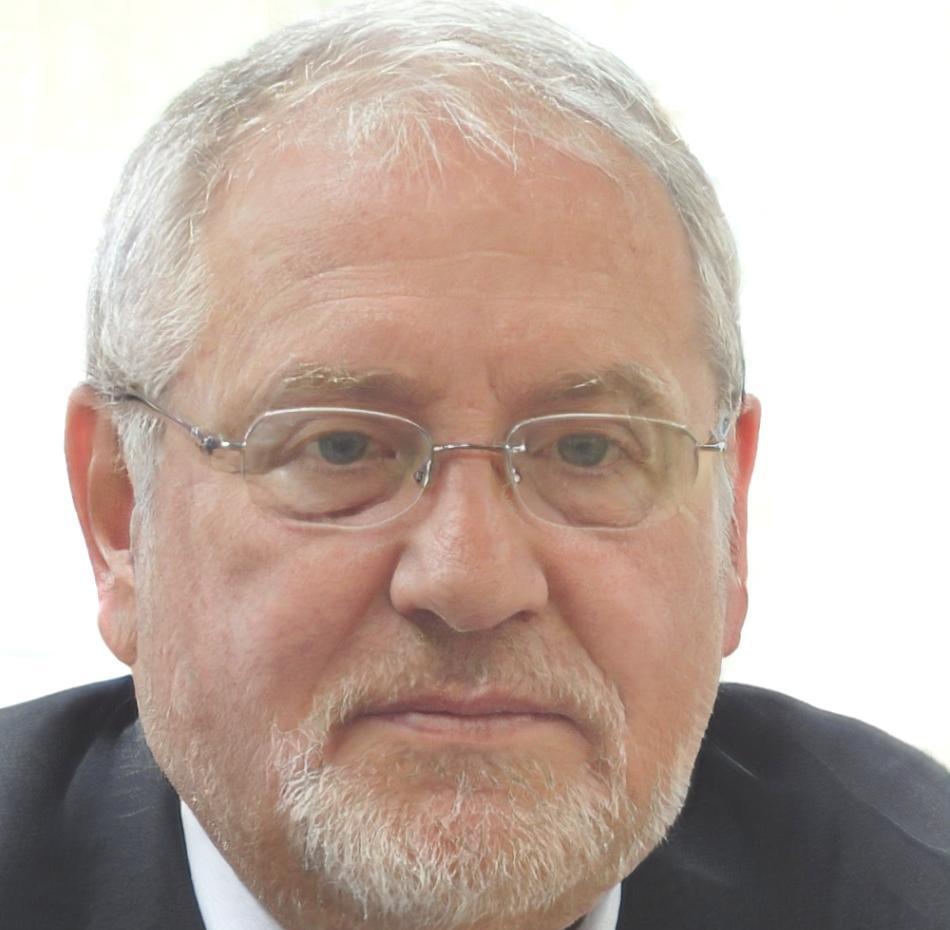Built on Real Testing Experience
We started Burstgleam because we saw too many software releases fail after passing internal tests. The gap between developer testing and real user experience was costing businesses time, money, and trust. So we decided to bridge that gap professionally.

How We Got Here
From individual consultants to a dedicated testing coordination team, our journey reflects the growing need for systematic user acceptance testing in Taiwan's tech sector.
Individual Consulting Begins
Henrik started freelance testing consultation after seeing recurring patterns of software failures in Kaohsiung's manufacturing software implementations. Small teams needed testing expertise but couldn't afford full-time QA departments.
Partnership Forms
Dmitri joined after managing testing for several Taipei fintech startups. We realized our complementary skills — Henrik's systematic approach and Dmitri's technical depth — could serve Taiwan businesses better as a coordinated team.
Burstgleam Launches
Formalized our testing coordination methodology after working with over 40 Taiwan companies. We developed frameworks specifically for coordinating user acceptance testing without disrupting existing development workflows.
Methodology Refinement
Expanded our coordination protocols based on feedback from manufacturing, finance, and e-commerce clients. We learned that successful UAT depends more on organization and communication than complex tools.
The People Behind the Process
We're not a large agency with layers of account managers. You work directly with the people who coordinate your testing programs and understand your specific business context.

Henrik Andersen
Testing Strategy Director
Focuses on testing workflow design and stakeholder coordination. Henrik developed our systematic approach to UAT planning after managing testing for over 200 software implementations across Taiwan's manufacturing sector.

Dmitri Kozlov
Quality Assurance Lead
Handles technical testing coordination and results analysis. Dmitri brings expertise from fintech and e-commerce projects, specializing in coordinating complex user scenarios and multi-platform testing requirements.
Our Testing Coordination Philosophy
We believe effective user acceptance testing happens through careful coordination, not expensive tools or lengthy processes. Here's how we approach each project.
Systematic Planning
We map your user workflows before testing begins. Every test scenario connects to real business processes, and we coordinate timing to minimize disruption to your operations while ensuring thorough coverage.
Focused Execution
Testing coordination means keeping everyone focused on relevant scenarios. We organize test groups, manage communication, and ensure results get documented in ways your development team can actually use.
Clear Reporting
Our reports prioritize actionable findings over comprehensive documentation. You get specific problems ranked by business impact, with clear reproduction steps and suggested fixes your developers can implement immediately.
Iterative Improvement
We refine our coordination methods based on your team's feedback and testing results. Each project teaches us something new about your business context, making future testing more efficient and valuable.
What Drives Our Work
After years of coordinating user acceptance testing across Taiwan's diverse business landscape, we've learned that successful testing isn't about following rigid methodologies — it's about adapting our coordination approach to fit how your business actually works.
- Practical over Perfect: We design testing programs that your team can actually execute, not theoretical frameworks that look good on paper.
- Communication over Documentation: Clear conversations prevent more problems than detailed test plans that nobody reads.
- Business Impact over Technical Metrics: We focus on finding issues that affect your customers and operations, not just technical edge cases.
- Adaptation over Standardization: Every business has unique workflows, and our coordination methods adjust to fit your specific context and constraints.

